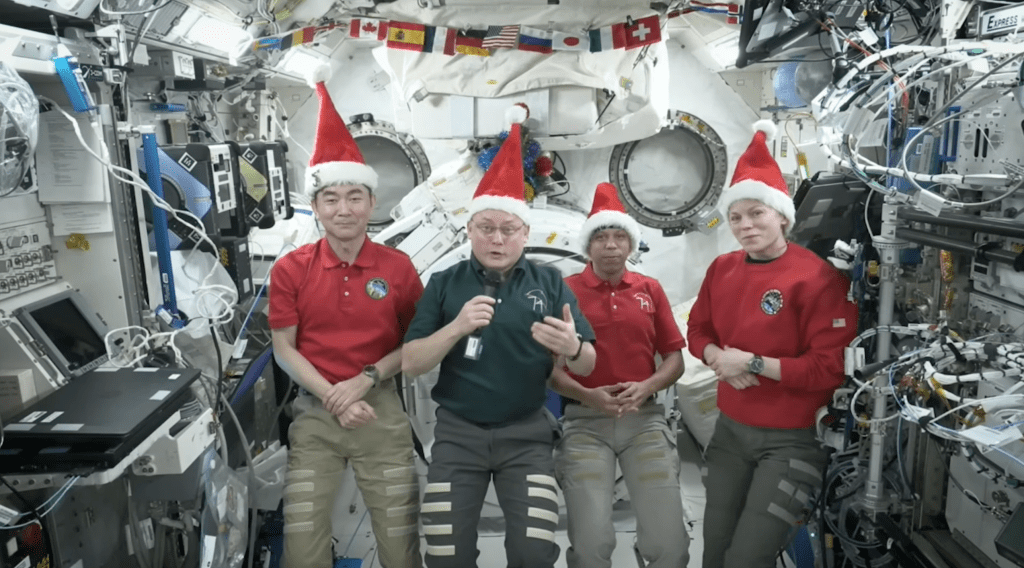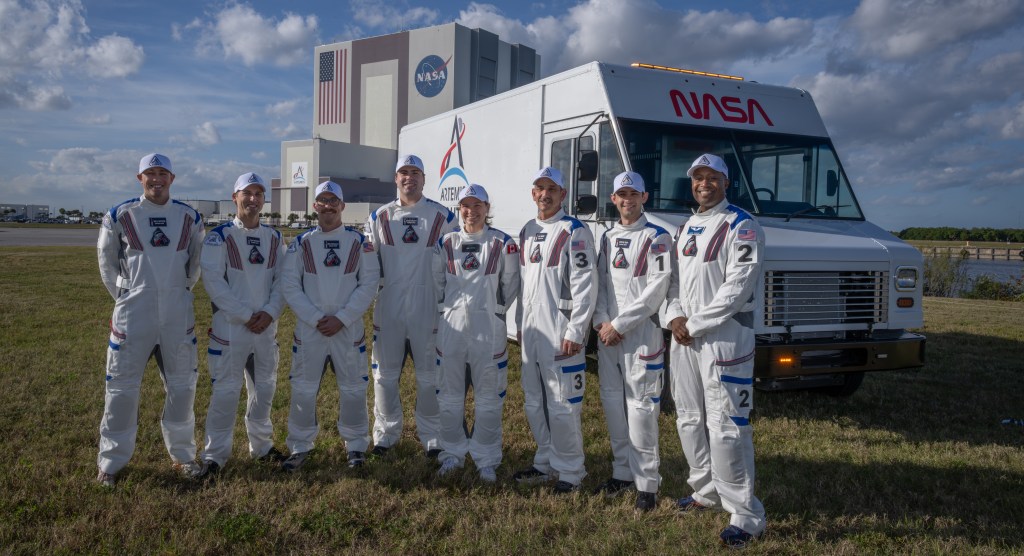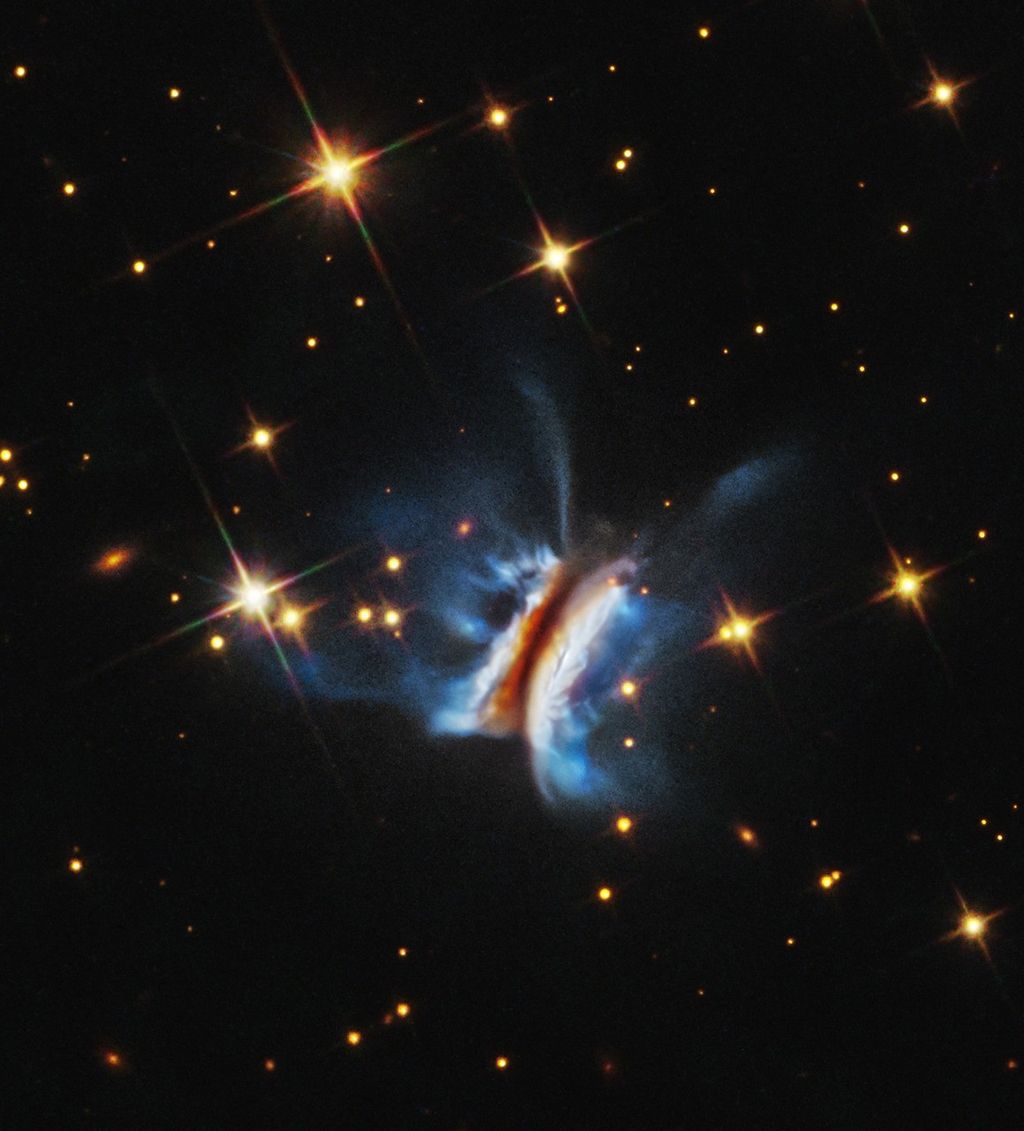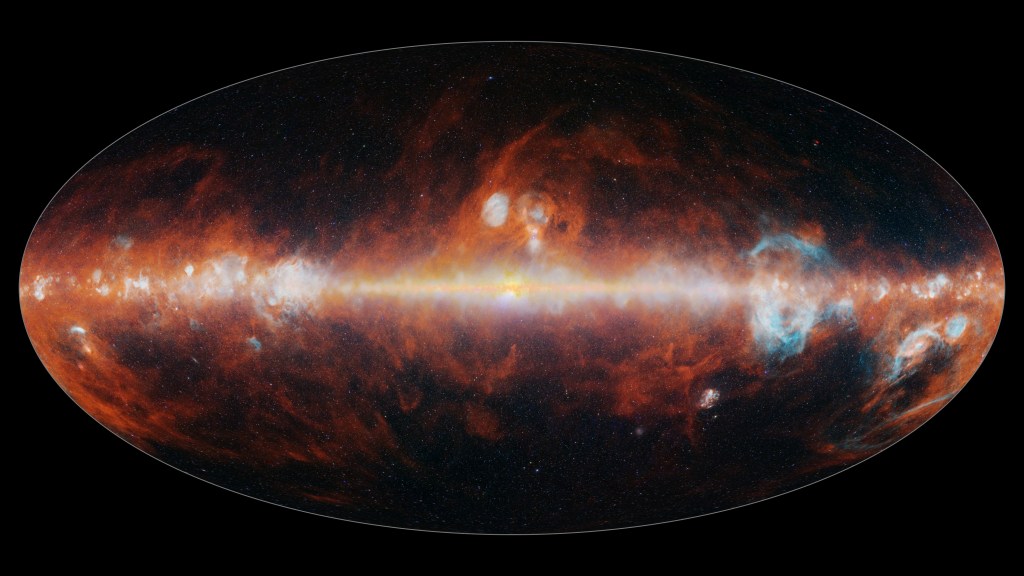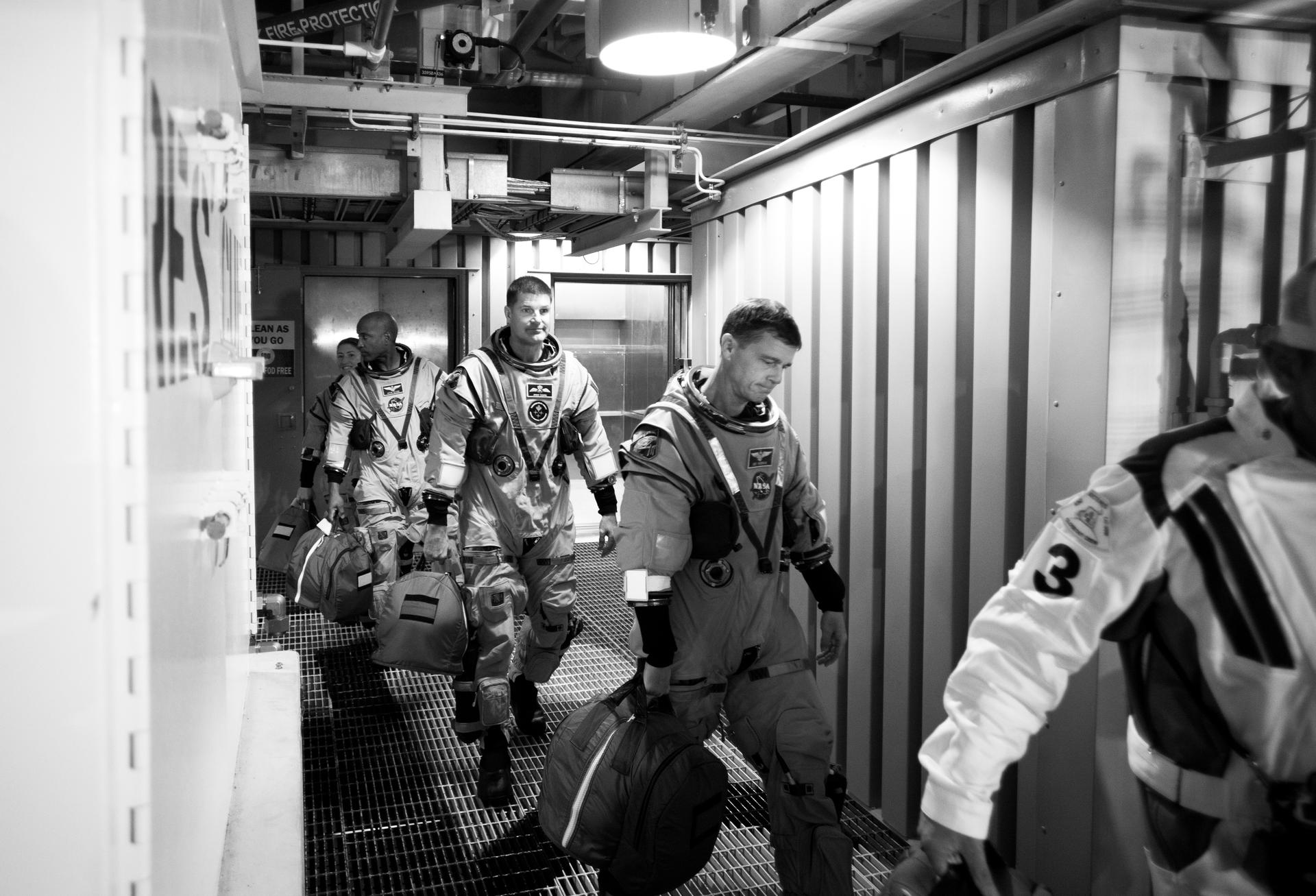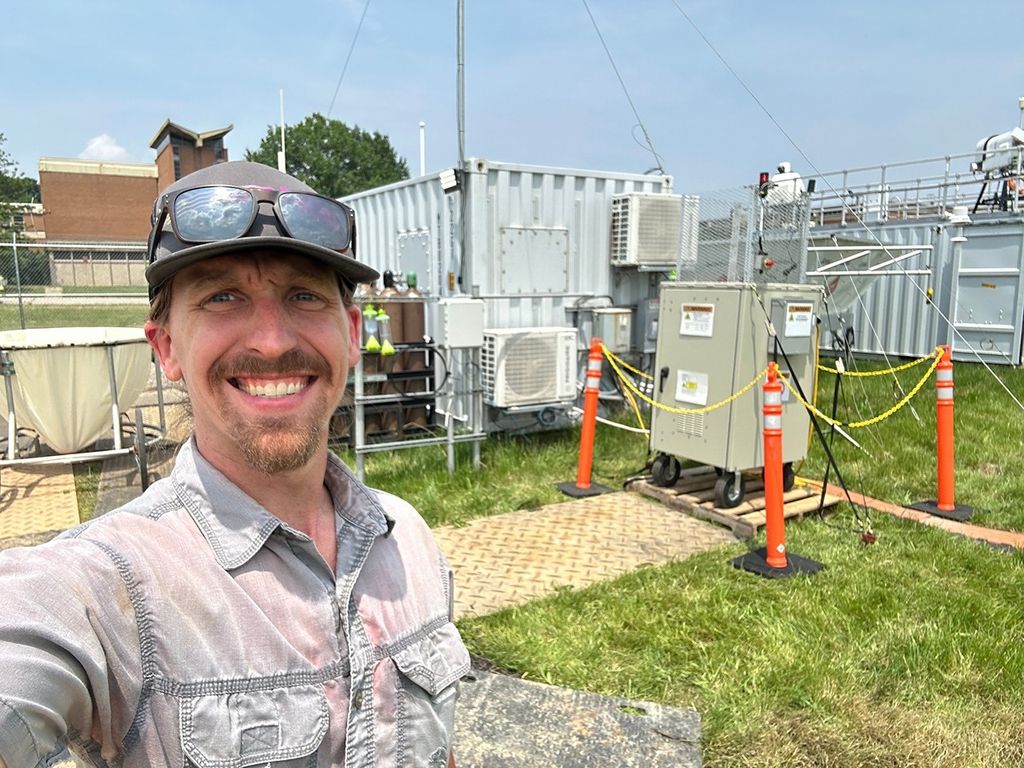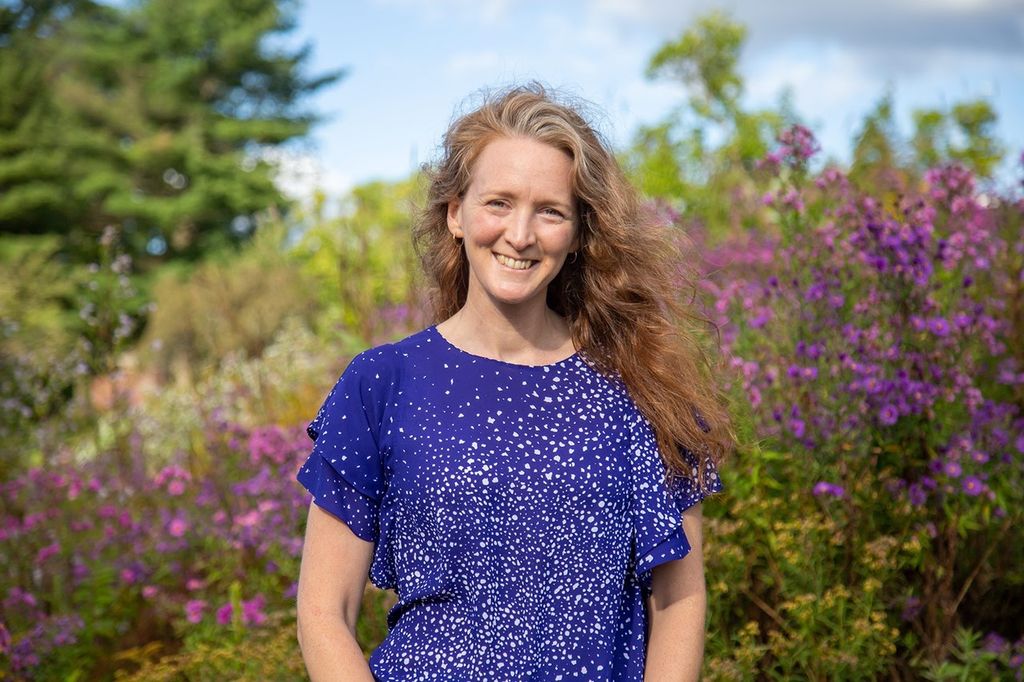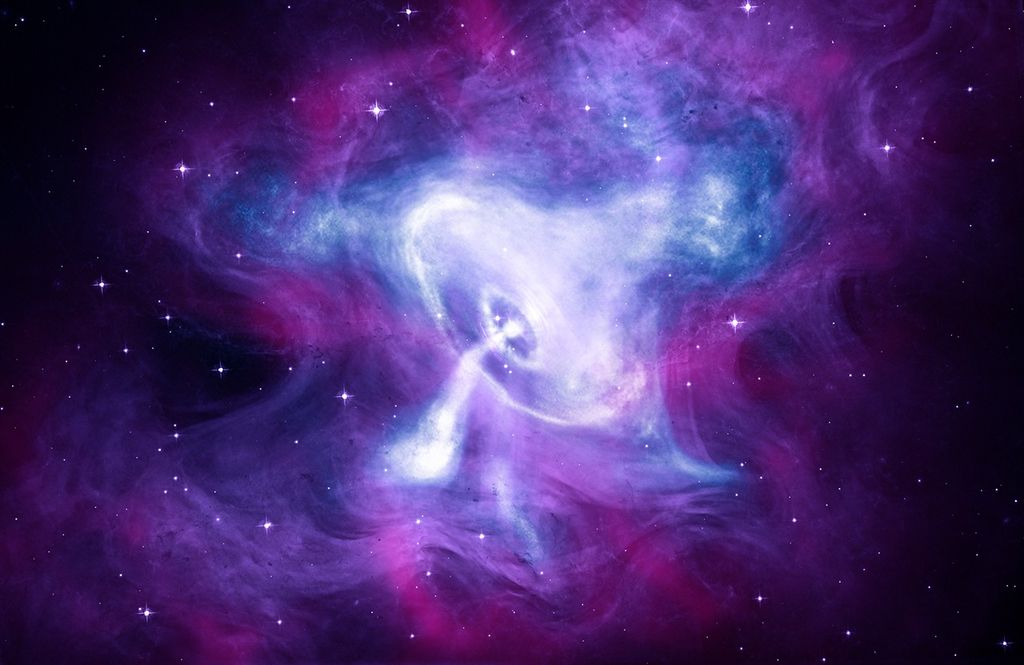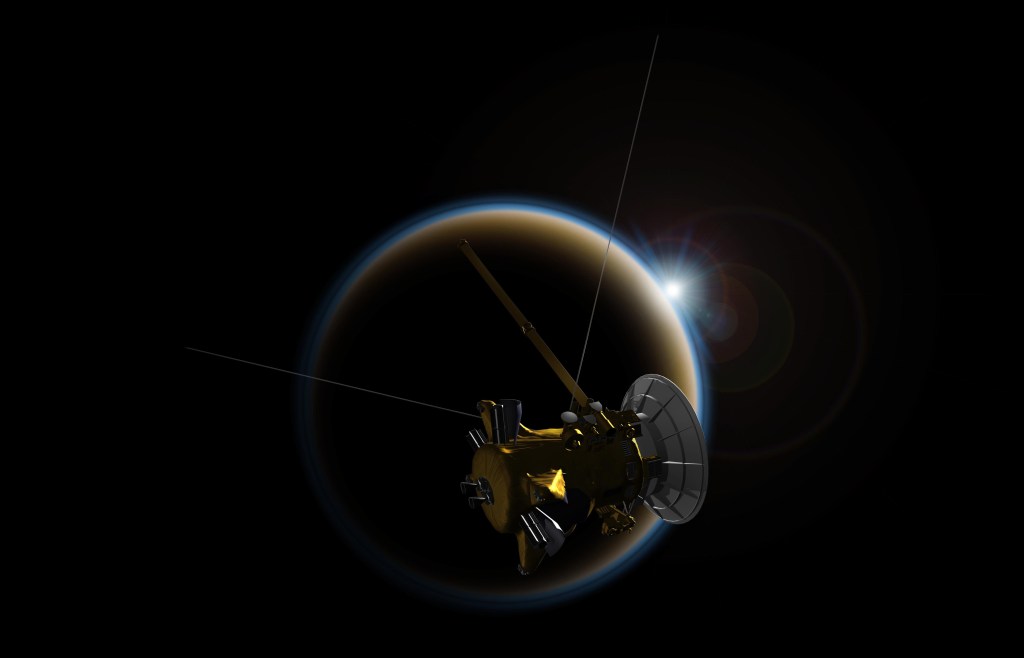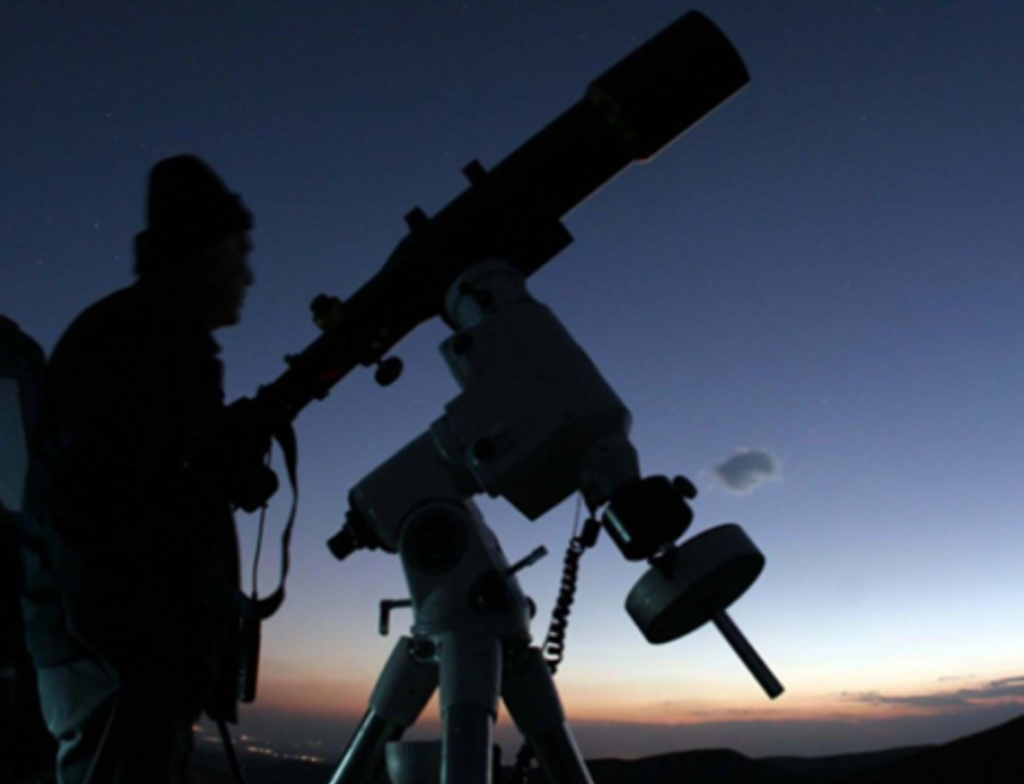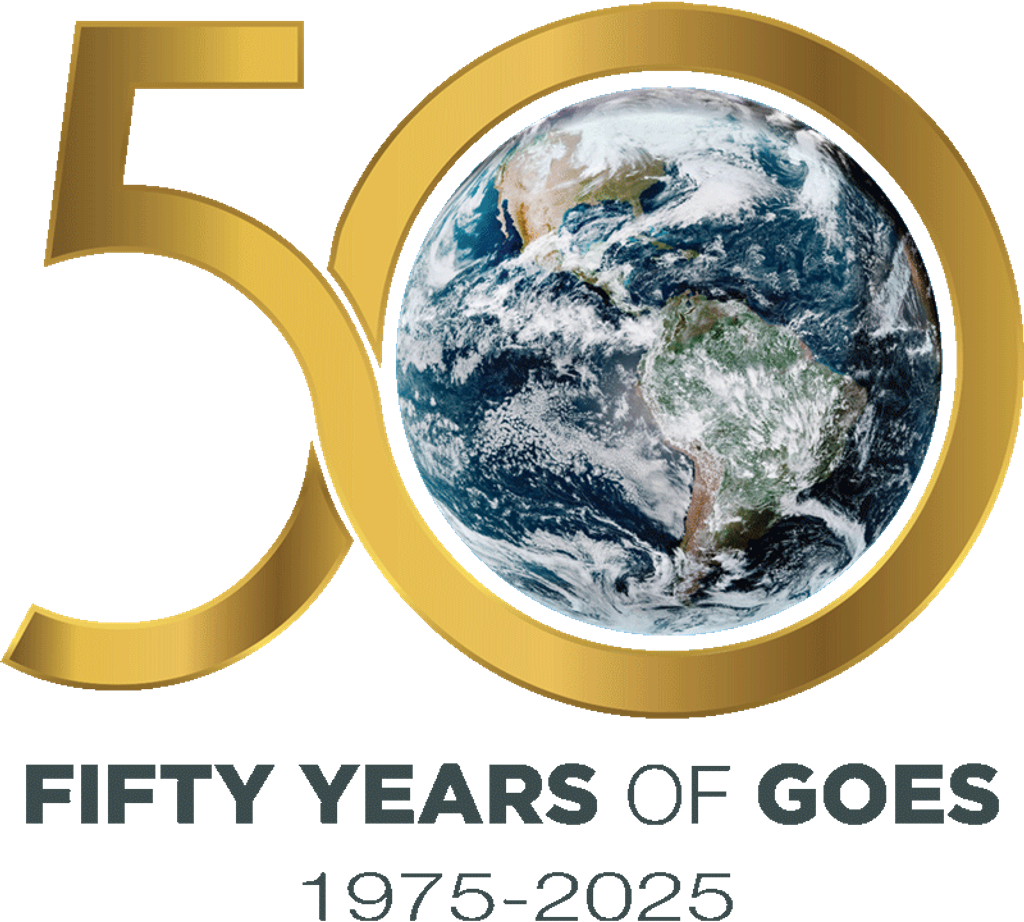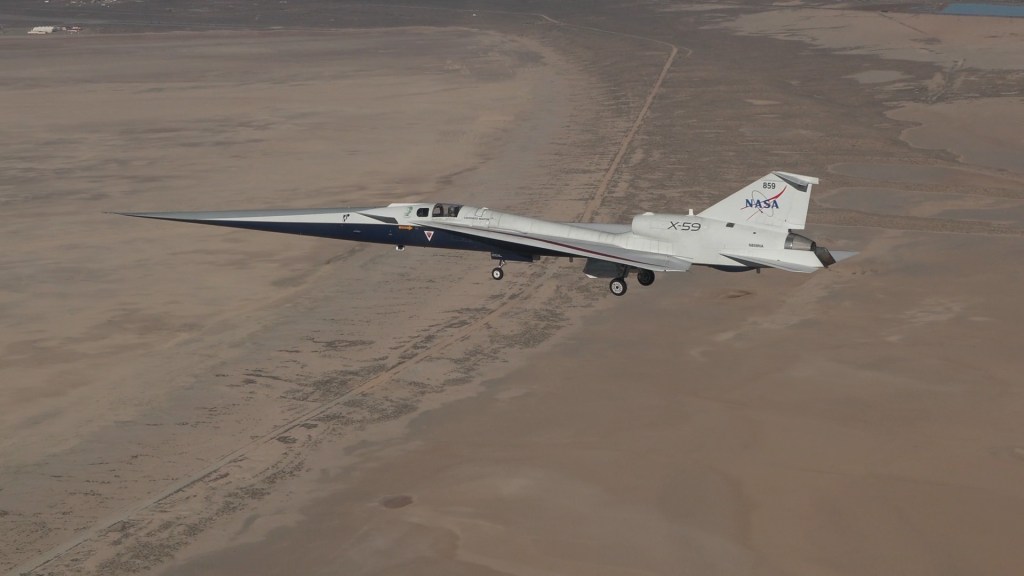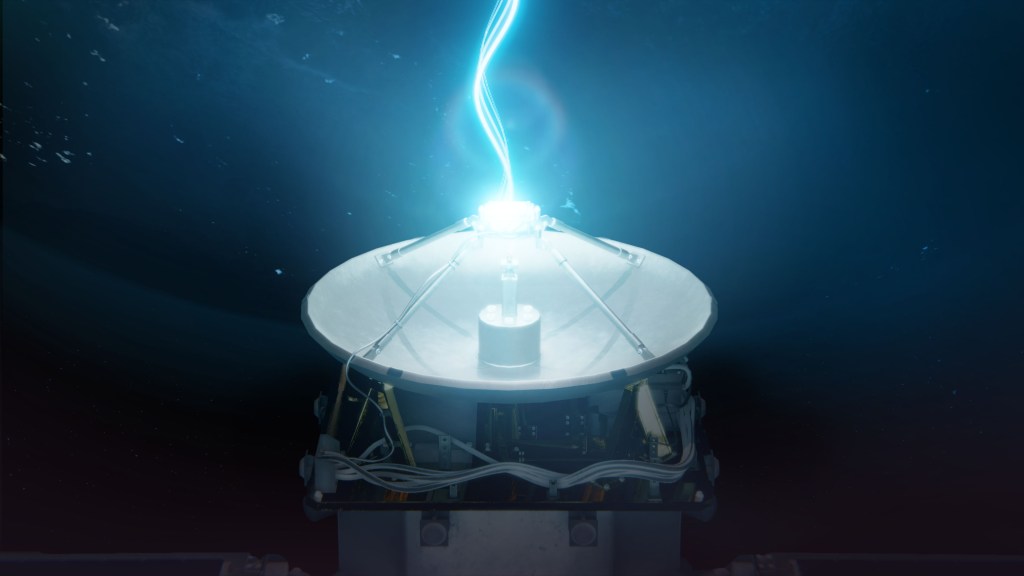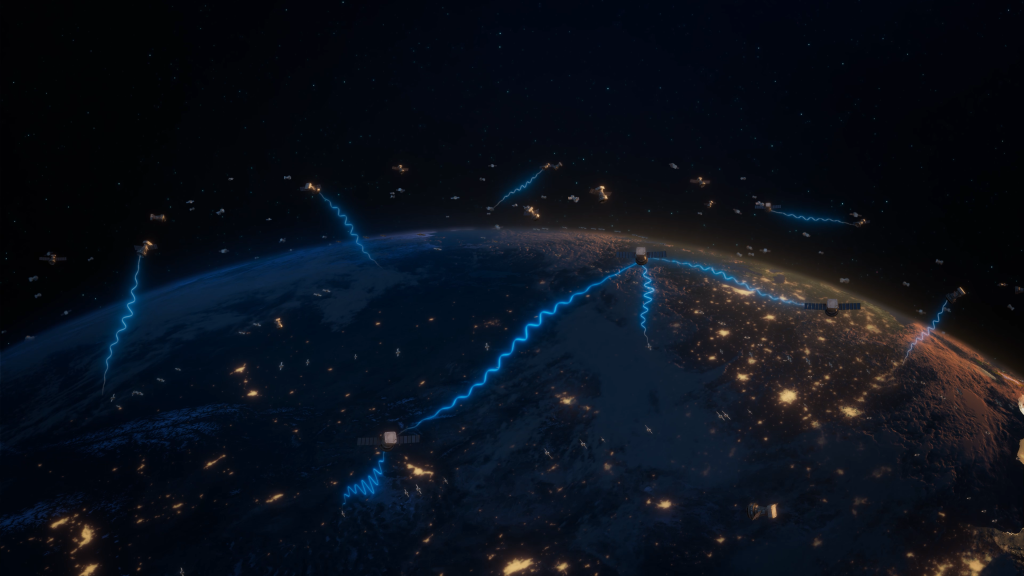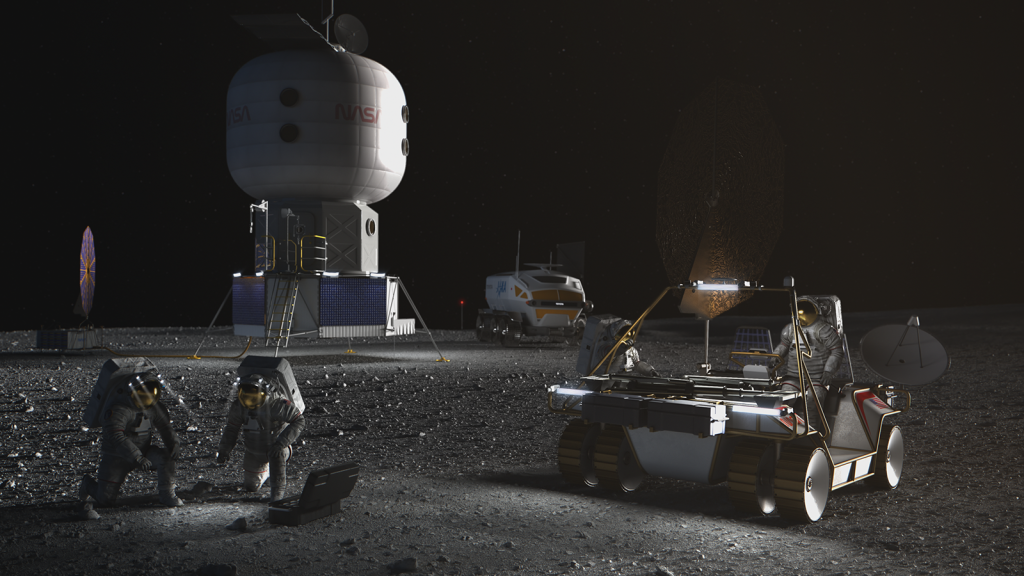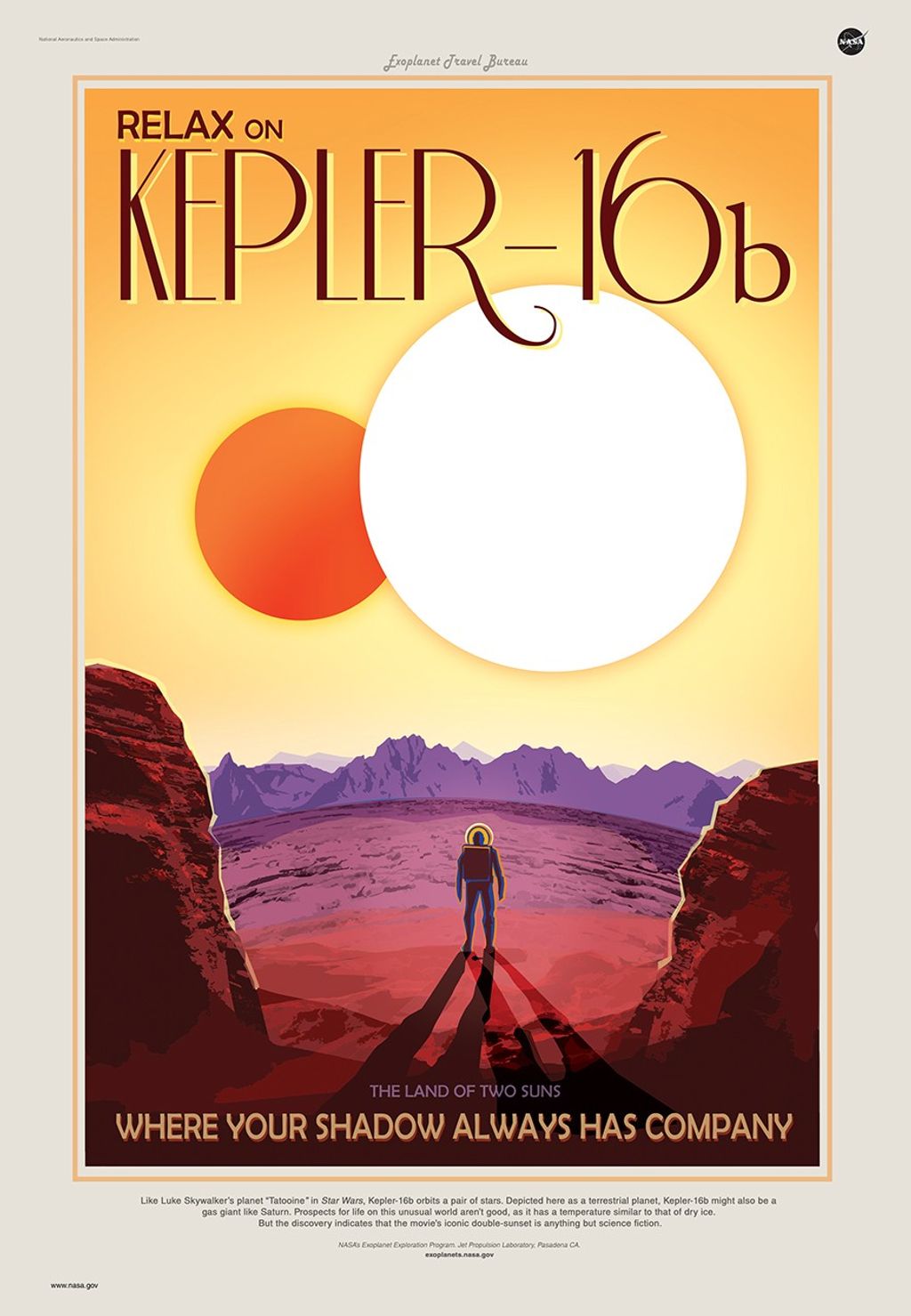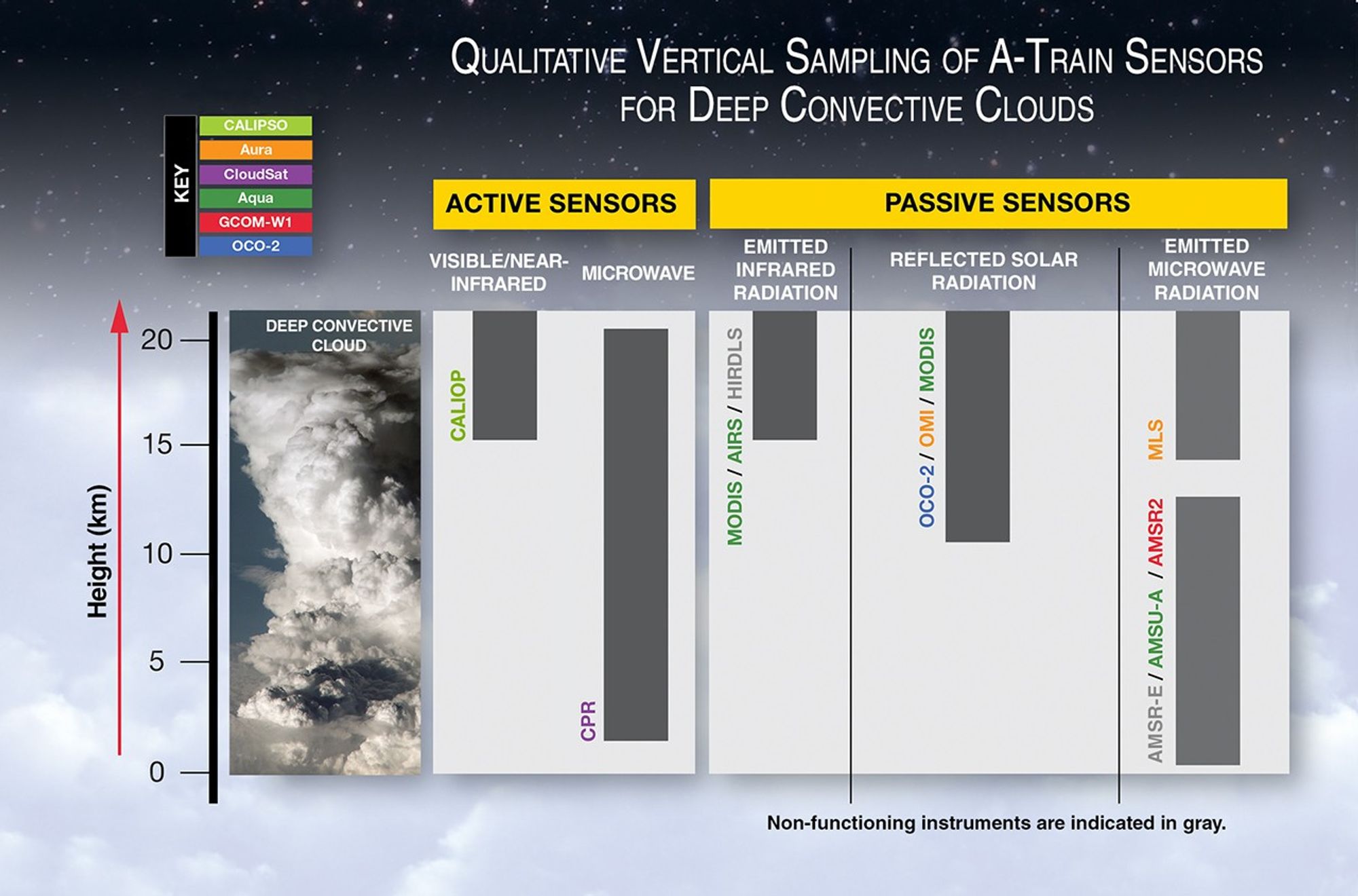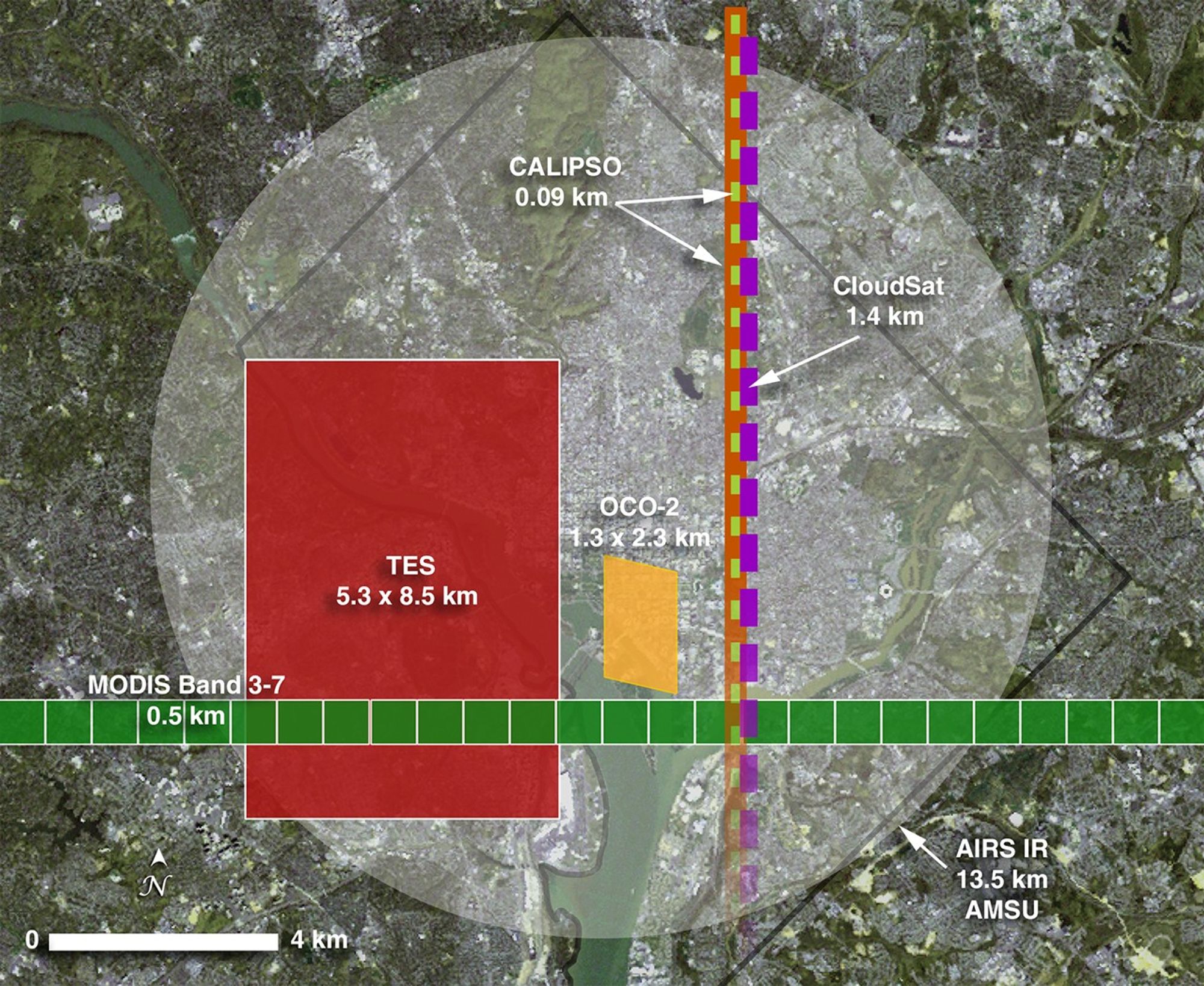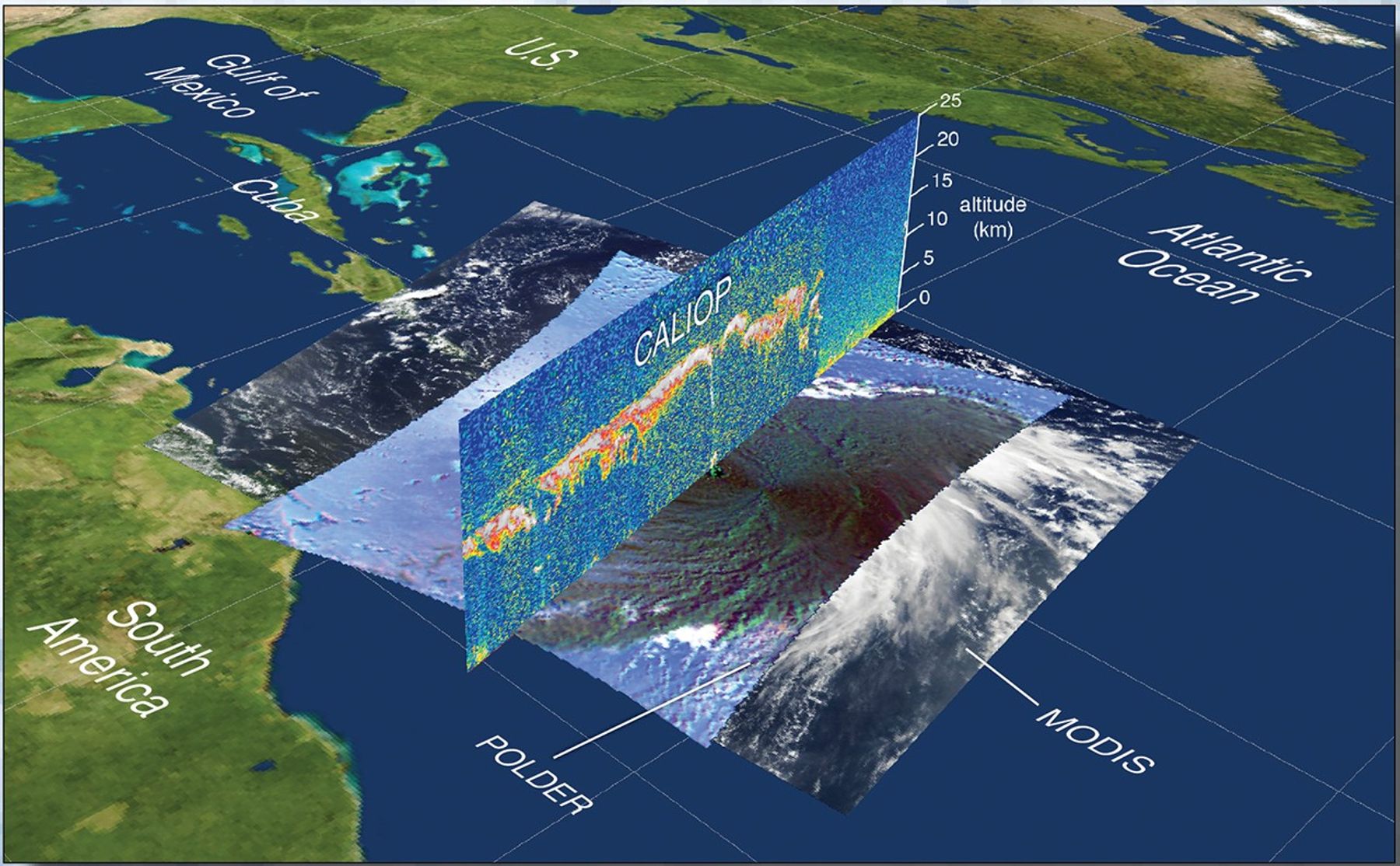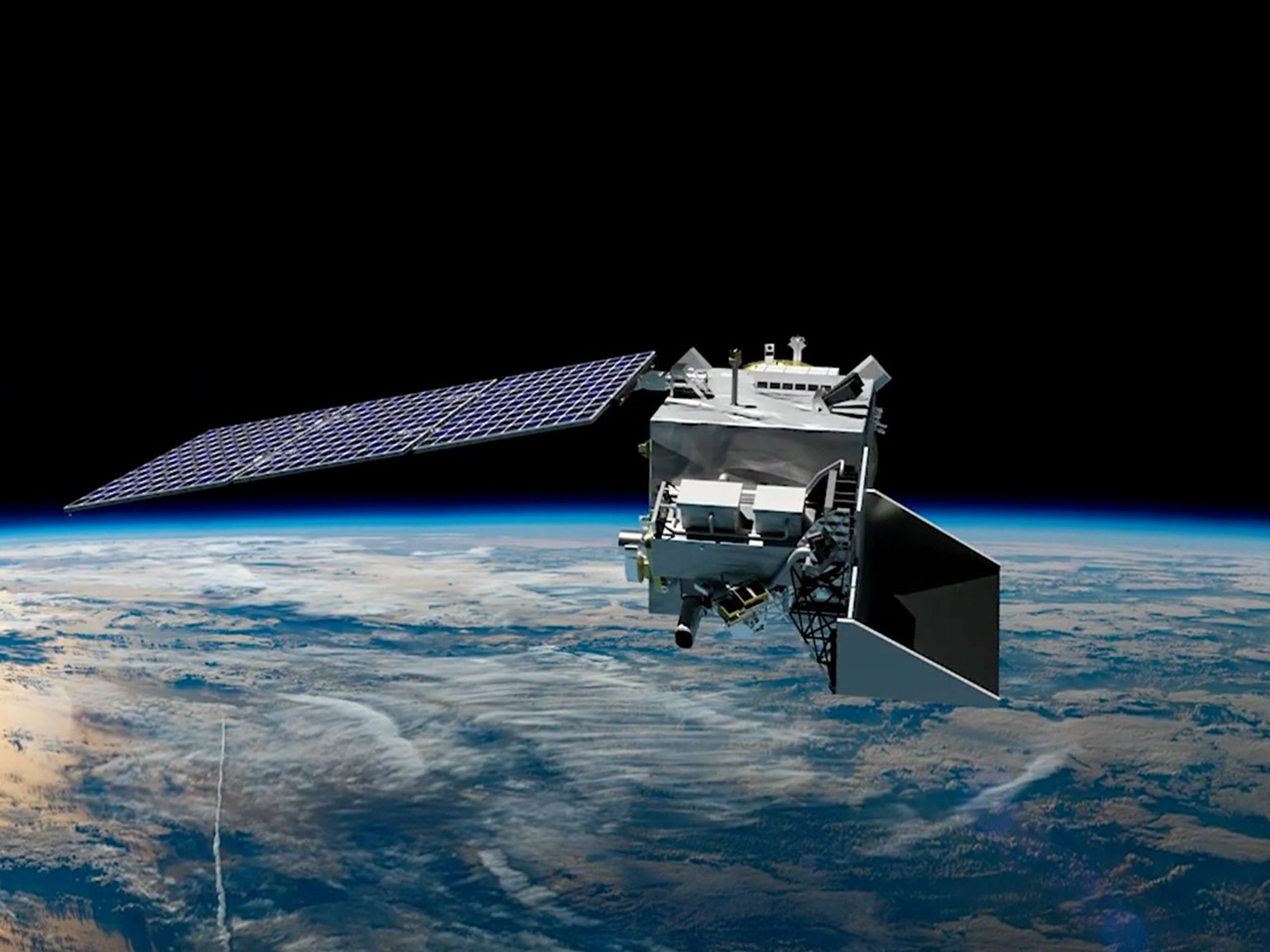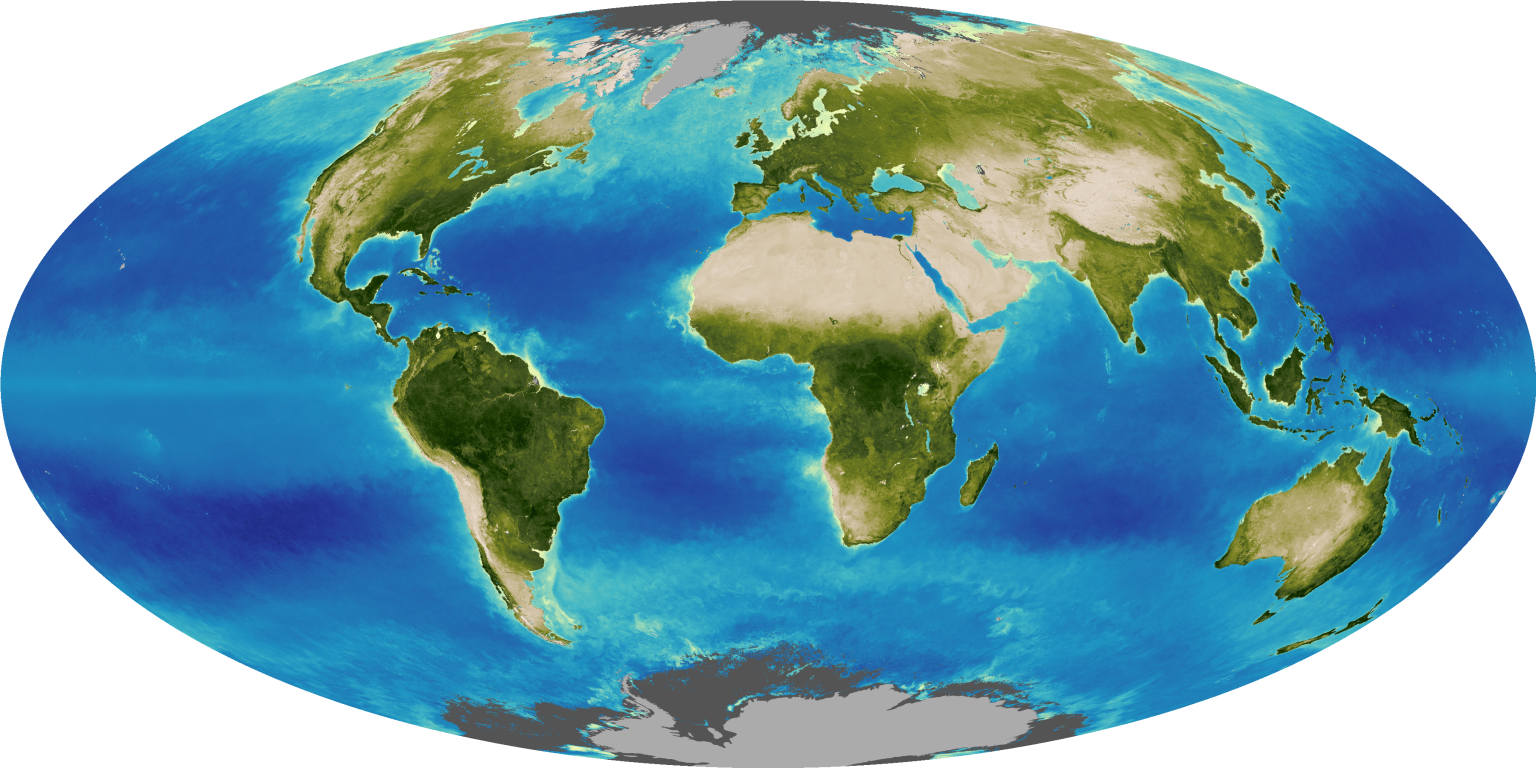Science of the A-Train
How the Sensors “See”
Human eyes only see a small portion of the electromagnetic spectrum—a range of all possible frequencies of electromagnetic radiation. Instruments on orbiting satellites expand our ability to “see” into other portions of the electromagnetic spectrum, and thereby give us a broader and deeper view into our environment. This is done with both active and passive sensors.
The Afternoon Constellation is equipped with a variety of active and passive remote-sensing instruments that allow it to “see” far more than our human eyes would from the same vantage point. Some Afternoon Constellation sensors have a larger footprint—scanning a much larger spatial area than others. Some have higher resolution—they can “see” the target in greater detail than others. The illustration below highlights the difference in the way the Afternoon Constellation sensors observe clouds.
The active sensors (i.e., CPR and CALIOP) emit pencil-thin pulses of energy that slice through the atmosphere, and strike a target. The return pulse of energy is analyzed to produce a very high-resolution view of a very small area. For CALIOP, the pulse is visible light, which is very sensitive to aerosol layers and high, thin clouds, but can’t penetrate the atmosphere when thicker clouds are present. For CPR, the pulse is microwave energy (more specifically, 94 GHz), which can penetrate deeper into thicker clouds.
The passive sensors don’t emit energy; they “see” reflected sunlight in the visible and ultraviolet wavelengths, and heat (infrared, or IR) that is both reflected and emitted from Earth’s atmosphere and surface. They provide wider, more global coverage, allowing for snapshots of different layers of the atmosphere. Each instrument detects certain wavelengths of infrared, visible, ultraviolet, or microwave energy. It turns out that each of these types of radiation offers strengths and weaknesses when it comes to observing the atmosphere. IR sensors detect the heat released from whatever surface they observe, but can’t penetrate thick cloud layers. (Note that HIRDLS, an IR limb sounder, looks sideways across the atmosphere and is more sensitive to very high, thin clouds.) Ultraviolet and visible sensors (e.g., MODIS) are able to probe deeper into clouds than IR sensors, but not all the way to the surface. Microwave sensors (e.g., AMSR, AMSU) can “see” the whole atmosphere—even when it’s cloudy. (MLS is a bit different; it is a limb sounder that looks across the atmosphere and detects frozen water in the tops of towering clouds.)
The challenges of combining the measurements are considerable, but when all these perspectives are successfully brought together, what emerges is one of the most complete pictures of the Earth system ever obtained. This new information is helping to improve our understanding of the individual elements that compose the Earth system and how these elements interact to influence Earth’s climate.
Swaths and Footprints
This image shows the Afternoon Constellation as if looking down on all the satellites from orbit. The satellites that make up the constellation travel from south to north (bottom to top in this image). The colorful bars across each satellite illustrate the swath of some key instruments. From this perspective, the instruments with smaller footprints are barely visible. The table in this illustration lists each satellite, selected instruments, and the width of the selected instrument swath in kilometers.
This image shows the overlapping footprints of several of A-Train and C-Train instruments (colors correspond to those in the above image) superimposed on a close-up image of Washington, DC. The purpose is to give a sense of how, over the course of an orbit, the swath of each instrument overlaps the others, allowing for the nearly simultaneous observations of the same location or event that are crucial to the science of the Afternoon Constellation. This close-up perspective also brings the challenge of constellation flying into sharper focus. In order to successfully overlap science measurements from different A-Train and C-Train instruments, each with varying footprints and resolutions, each member of the Afternoon Constellation must strictly maintain its position in the constellation.
Synergistic Measurement
Having examined the roles of the individual components of the Afternoon Constellation, let’s now consider the value of the entire formation. By combining all of these components in a carefully engineered formation, scientists are able to gain a better understanding of important parameters related to climate change.
The A-Train and C-Train formations allow for synergistic measurements—meaning that data from several different satellites can be used together to obtain comprehensive information about various key atmospheric components or processes. Combining the information from several sources gives a more complete answer to many questions than would be possible from any single satellite taken by itself. Some of the most important questions are listed below followed by information on how the information obtained by the satellites of the Afternoon Constellation can be combined together to help scientists answer these questions.

